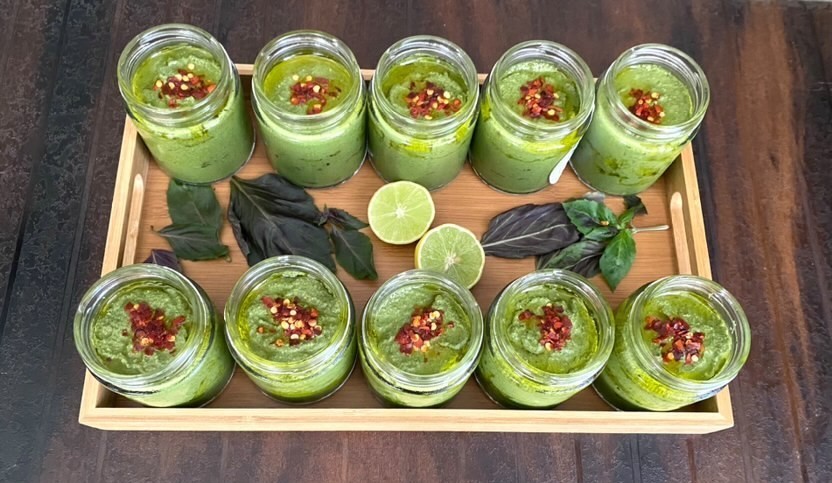In the upcoming years, hydroponics will feed the growing population
Simran Mehta
Having kickstarted a ‘green’ initiative, Simran Mehta has come a long way with Fresh Bliss in Chennai. Paving her way through the difficulties of the pandemic, she decided to educate people on consuming fresh, clean and pesticide-free vegetables. Right after completing her Bachelor’s Degree from the Singapore Institute of Management, she took a figurative route and started growing vegetables in the backyard which turned into a passion. Who knew life would work out this way for her?
With a long-term vision to make Chennai a food smart city by 2035, what are the prospects of hydroponics in the state?
Urban agriculture practices such as hydroponics helps in the development of food production. By growing various exotic vegetables locally, we can transform Chennai into a food smart city. We have seen Chennai moving towards that direction over the past year, but there is a long way to go and a lot of potential to grow.
What are the different varieties of leafy vegetables that you grow on your farm? And, do you use a passive or an active system of farming?
We use an active system to farm our wide range of leafy vegetables including Kale, Parsley, Basil, Peppermint, Red & Green Lettuce, Romaine Lettuce, Ice-berg, Spinach and much more.
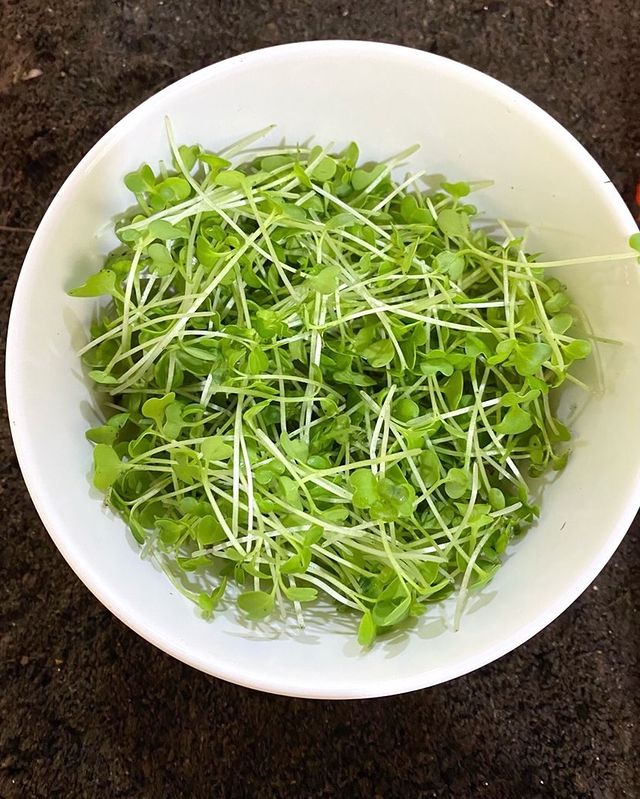

During the pandemic, what are the difficulties that you have been facing, concerning the reach and income?
Since we emerged during the pandemic, we have faced quite a few difficulties. But we have still managed to build a considerable customer base in a short span of time. This could happen only because the majority of the population chose to eat healthily. They feel safer ordering produce that comes directly from a farm to their house. In terms of growth and income, I think we are in our initial stages and there is much more to achieve.
According to a few hydroponic farmers, the age groups that show a keen interest in the soilless method of farming is within 25-40. With this, how can we increase awareness and highlight the importance of hydroponic farming to a wider age category?
Hydroponic farming mostly focuses on technology. It is a new concept that will evolve with time. Therefore, there is a smaller age gap. With time and raising awareness focused upon the importance of hydroponics, the market will bloom. I, being in the age spectrum, with starting Fresh Bliss, can see the gap widening.
With the population to soar up to 60% by 2025, what is the guarantee that a growing number of hydroponic farms will be able to feed an increasing population?
I definitely think that hydroponics will feed the growing population. The advantage is, it requires a small area to grow huge quantities of vegetables. At Fresh Bliss, we want to be able to grow exponentially to meet the demands of our customers. With the support of the governments, we will be able to support the growing population in a better way.
Since you practise an outdoor system of hydroponic farming, how far are you able to convince the general public on the levels of sanitation?
We make sure that we maintain high levels of hygiene in our farms. We only allow designated people to enter. After which, a thorough sanitation process is followed. We deliver farm to home with minimal contact. And, have also established a mutual trust and understanding with our customers from the beginning.
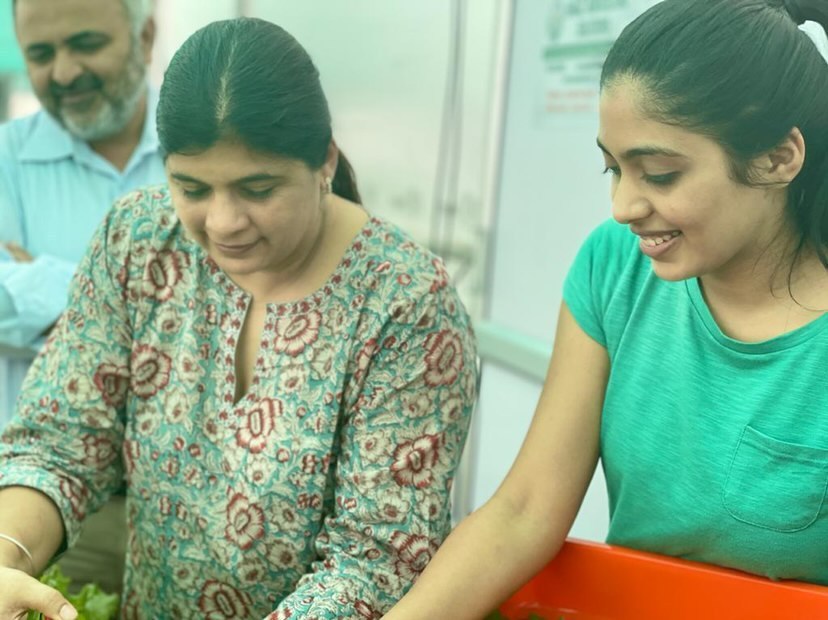

Apart from providing a wide range of products, including the pesto sauce and juice + salad kits, do you plan on having the inclusion of dietary kits (cooked meals)?
The possibilities of things you can make with our fresh produce are endless. Yes, we are open to including more variety of food on our menu.
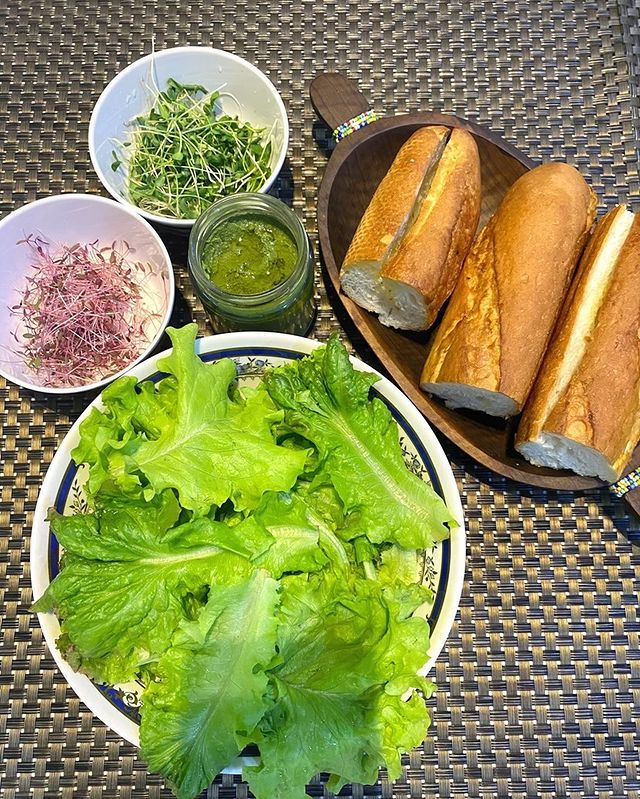

Let us get into some FAQs!
How is hydroponics different from traditional agriculture?
The main difference between hydroponic and traditional farming is that hydroponic is soilless. We use as much as 10 times lesser amount of water compared to traditional farming. In a smaller space, we grow more varieties and can grow crops regardless of changing seasons and with no pesticides. It is a more sustainable way of growing when compared to traditional methods.
What is the amount of water and labour required to set up a hydroponic farm from home and outdoor?
There is more work and dedication required to set up a hydroponic farm compared to a small terrace or kitchen garden. Our water usage is much less when compared to traditional farming. However, there is a higher requirement for manpower and commitment towards your farm. The plants also require a routine check and care which is important for their growth.
How do microgreens and hydroponics go hand-in-hand?
We grow leafy vegetables and micro-greens, both of which are used for salads, sandwiches or in your juices. They’re both essential components in our diet and therefore go hand in hand in the industry.
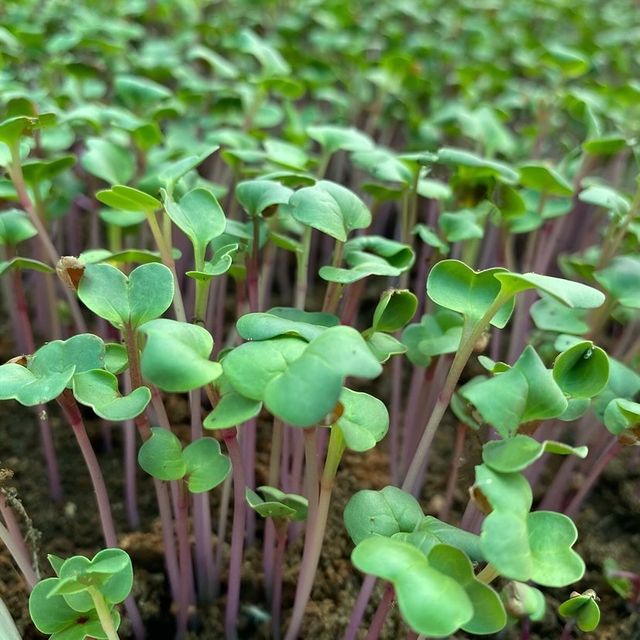

Apart from green leafy vegetables, what else can be grown in a hydroponic farm?
We’ve been conducting plenty of R&D, to come up with alternatives. As of now, we mostly grow leafy vegetables along with tomatoes and cucumbers which are grown in Dutch buckets.
What are the ingredients that you use in your sauces and kits?
We only use in-house ingredients and hand-picked recipes to make our sauces and kits. We would love to continue doing that and give our customers plenty of options to choose from.
